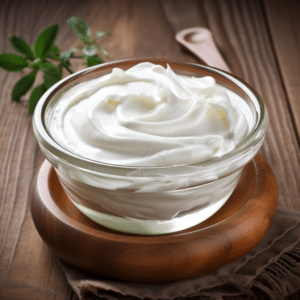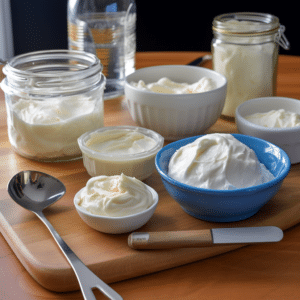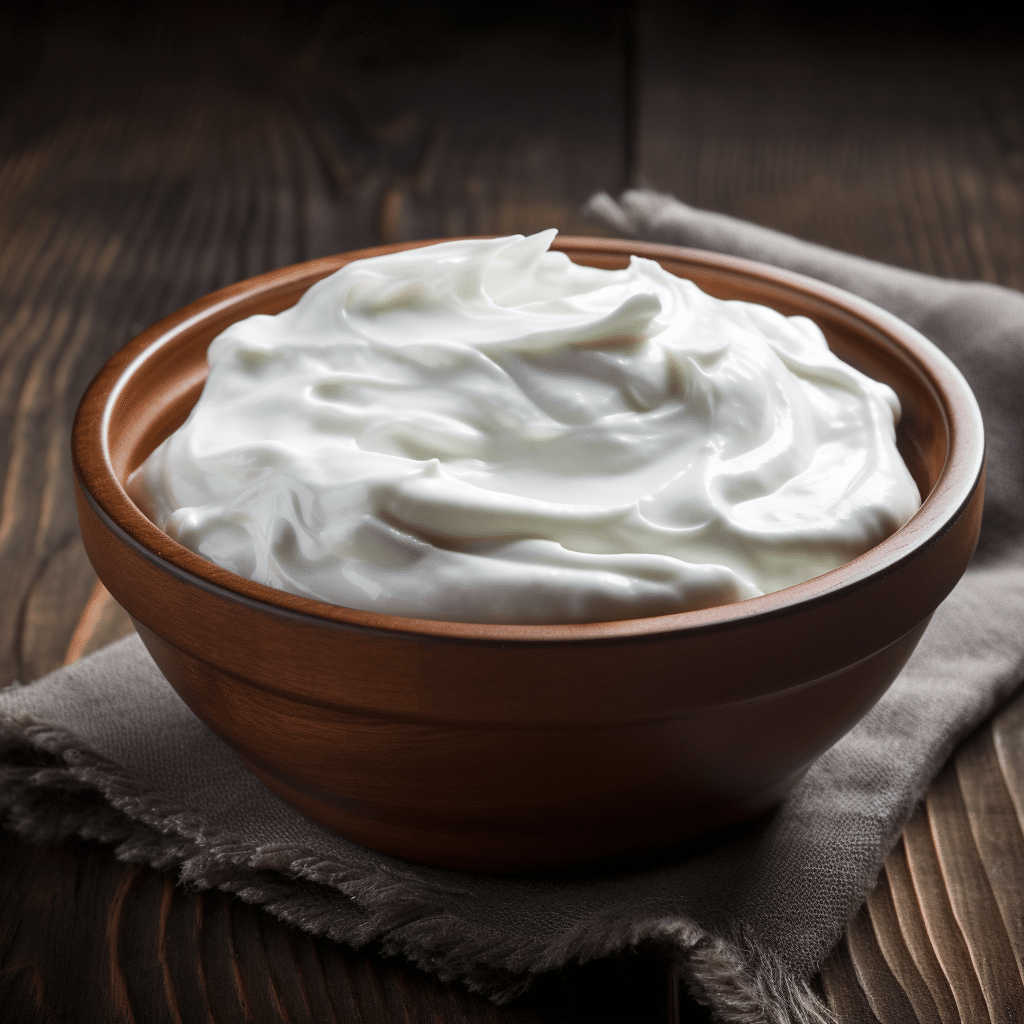Does Sour Cream Go Bad? Signs and Storage Tips
Sour Cream Freshness: Signs of Spoilage and Storage Tips is a product often used in daily cooking. It is also served as tacos, hamburgers, and many other dishes. However, does sour cream go bad? It all depends on how you store it. If you properly store your sour cream, then there will not be any issues with it going bad.
Sour cream is a condiment made from cream inoculated with lactic acid bacteria and cultured. It is made by adding cultures to cream, turning it into yogurt or kefir, then straining it through cheesecloth or muslin.
The result is a thick mixture similar to yogurt but not as thick and creamy. The flavor of sour cream varies depending on the type of bacteria used during its production process.
If you are unsure if your sour cream is still good to use or if you want to know how to tell if a jar of sour cream has gone bad, then keep reading below.

Does Sour Cream Go Bad?
Sour cream’s shelf life depends on several factors, including temperature and humidity. Still, it lasts about two weeks at room temperature or four months in the refrigerator if it has been appropriately stored.
But if you plan on storing your sour cream for longer than two weeks, consider buying it in bulk containers or jars instead of individual packets because they will last longer.
Sour cream is one of the most popular ingredients used in cooking and baking. It has a great texture and flavor, making it perfect for adding to recipes. Sour cream can also be used as a spread or dipping sauce for foods like popcorn and chips or sauces and dips.
Sour cream is a rich source of protein, calcium, and vitamin D. However, Sour Cream Freshness: Signs of Spoilage and Storage Tips doesn’t last as long as other dairy products because it contains lactic acid bacteria (LAB), which is responsible for sourness. So, once you open your sour cream, you should use it within two weeks.
Signs That Your Sour Cream Has Gone Bad
Sour cream has a shorter shelf life than most other dairy products. It’s not harmful if you eat it after expiration, but it may not taste as good.
Some signs that your sour cream has gone bad include:
A foul smell
The smell of sour cream is usually a sign that it’s gone off. A rancid smell means that the bacteria in sour cream have started to multiply and produce acetic acid, which smells like vinegar or alcohol.
The texture changes
If you open a jar of sour cream, you’ll notice a difference between fresh and old. The fresh version will be runny, while older versions will have thickened up and still.
It’s curdled
If the sour cream separates into clumps in jars, or if it looks separated in tubs or bowls, it may have gone bad. Sour cream is almost always curdled when it goes bad because of oxidation from an excess amount of air inside the package. If this happens before opening up your package, leave it in the fridge for several days to allow for cooling down before opening up and mixing with other ingredients again.
Lumpy texture
Sour cream separates from the rest of the ingredients if it has started to spoil, so pay attention to this sign when tasting your sour cream. If it’s lumpy, it’s no longer fresh.
It thickens up when refrigerated (or not).
If your sour cream thickens up when refrigerated or freezes solid at room temperature, then that could mean that something has gone wrong with the other ingredients in your recipe, and you should throw them out immediately.
The color changes
Soured creams often turn greenish-yellow due to bacterial growth, which can be easily seen through the clear packaging. At this point, bacteria have completely ruined your product; throw it out immediately.
Check the expiration date.
The manufacturer of your sour cream will usually label the expiration date on its foil wrapper or plastic jug lid. If Sour Cream Freshness: Signs of Spoilage and Storage Tips you see an expiration date stamped somewhere on your container, consider tossing it out as soon as possible if you want to avoid tasting old milk.
Tips on Sour Cream Storage To Make It Last Longer
Here are some tips on sour cream storage that can help you keep your sour cream from spoiling:
Ensure that the container where you store your sour cream has an airtight lid and is kept at room temperature.
If possible, wrap the container in aluminum foil before placing it back in its original packaging after use. This will keep out pests such as mites and ants and prevent accidental spills while transporting your sour cream from one place to another.
Sour cream should be kept at room temperature, preferably in the refrigerator (but not frozen). This keeps the fat from separating from the milk solids, resulting in a thicker consistency and creamier taste.
You should also keep it refrigerated unless you’re using it immediately. This is because sour cream contains lactose, which may become lactic acid when exposed to air.
And finally, use it up before it spoils. Sour cream spoils quicker than other dairy products like butter or yogurt because it does not contain preservatives or stabilizers that slow down spoiling processes.
You should use sour cream before its expiration date in recipes or store it in the fridge for future use.

What Happens If You Eat Bad Sour Cream?
You can eat sour cream that has been refrigerated for a certain time. But if you have had it for a long time, the bacteria that cause food poisoning can multiply and make you sick.
Ultimately, as mentioned above, sour cream that has gone bad will have an off taste and smell. If you eat it, your stomach will get upset, and you may have stomach cramps or diarrhea.
Bottom Line
Regardless of the expiration date, you should always examine and smell sour cream before accepting it. If you notice any off odors or signs of mold. If the sour cream develops an unusual texture, it’s best not to consume it.






